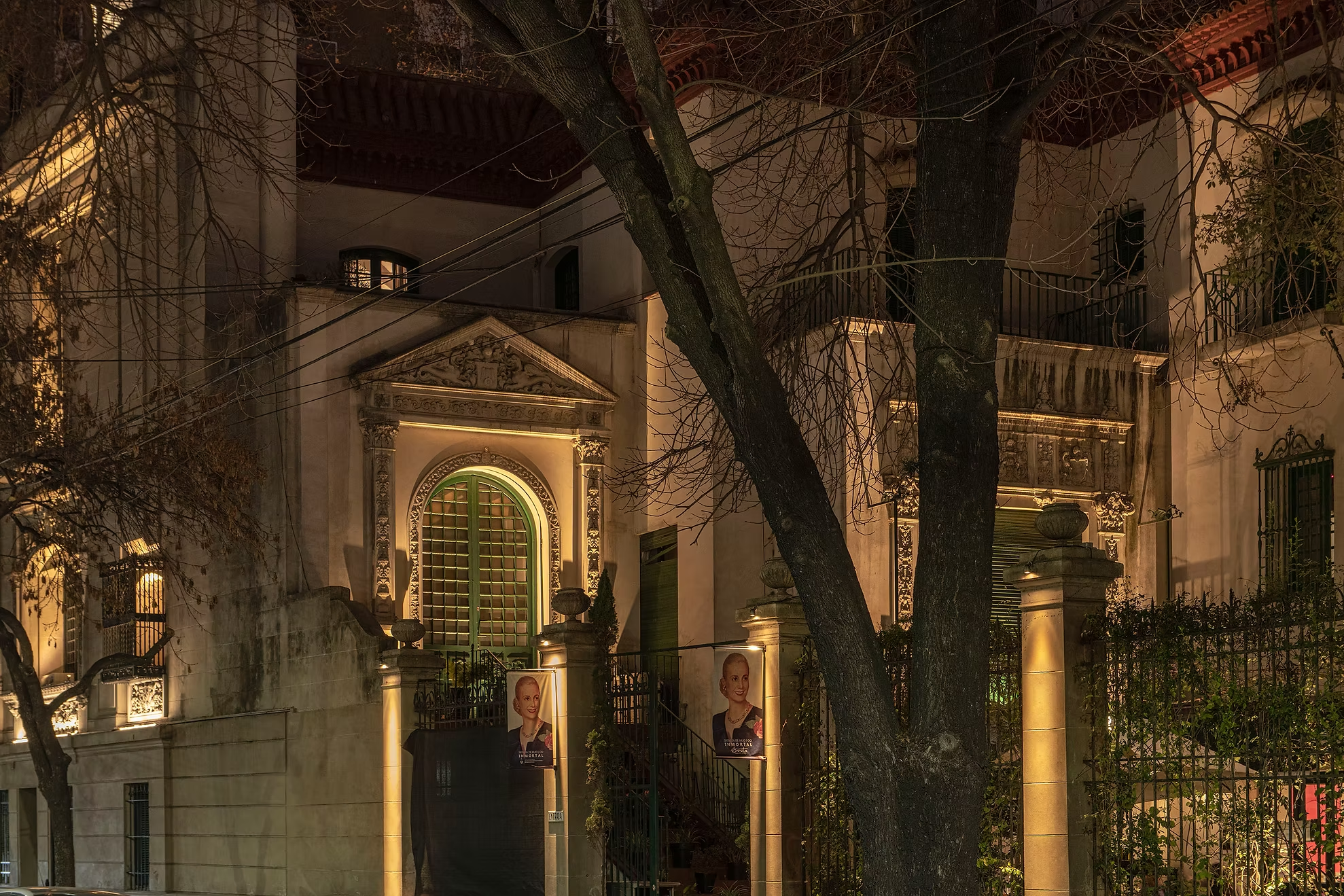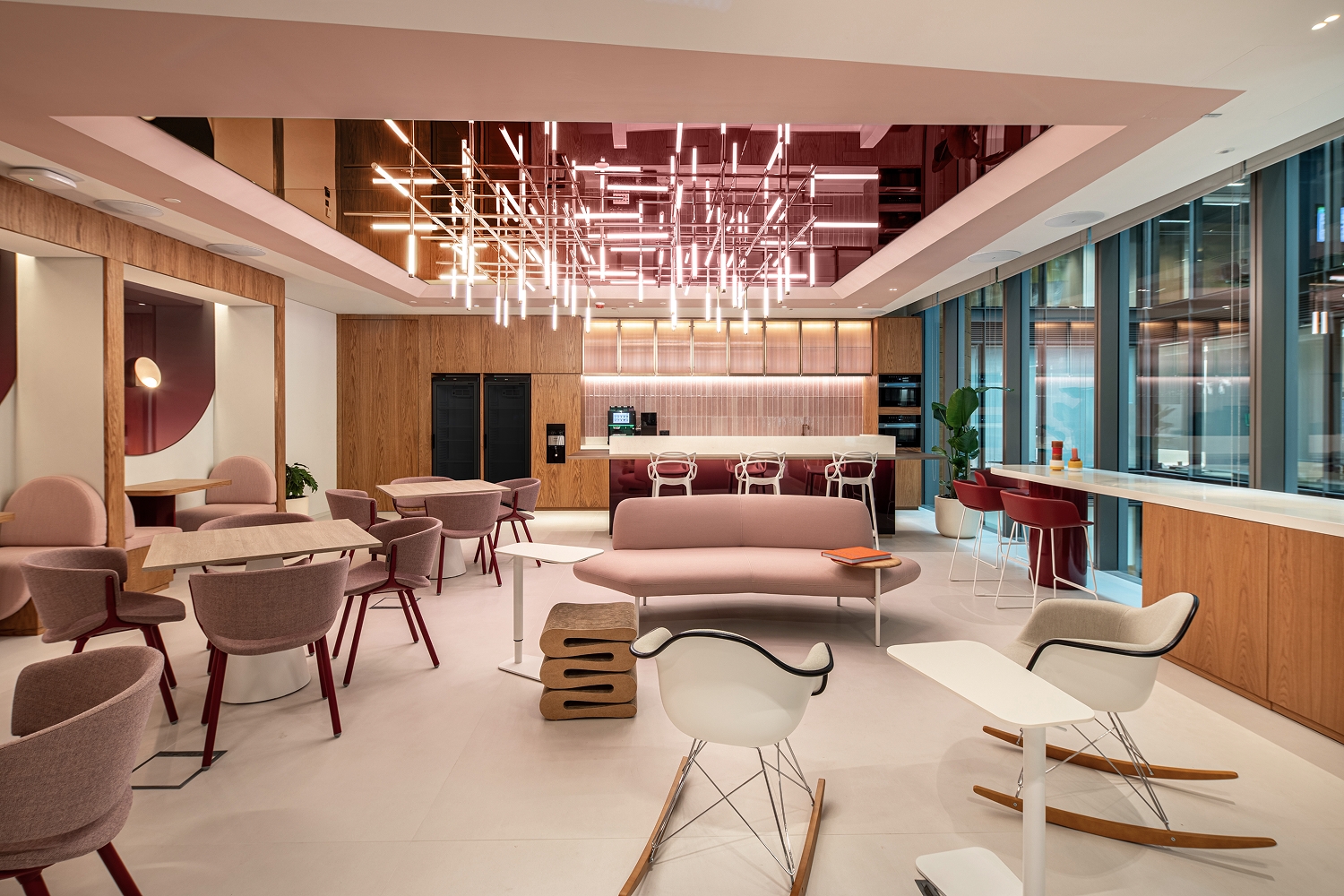Header: Maia Croizet
In the quiet Palermo neighbourhood of Buenos Aires, the Museo Evita stands as a building with a layered past. Once a mansion for a wealthy family, it was transformed during Juan Perón’s presidency into a temporary home offering shelter and skills to women and children arriving from the provinces. Today, it houses a museum dedicated to Eva Perón. A new lighting design by Estudio de iluminación Eugenia Basabe gives the building’s exterior a nighttime presence that respects its history and its residential location, an accomplishment recognized with a LIT Lighting Design Award in the Heritage Lighting category.

A light inspired by history
The core idea for the facade’s illumination came from inside the museum itself. An old photograph on display shows the families who once lived there, gathered together and enjoying time around a fireplace. This single image became the creative starting point for lead designer Eugenia Basabe. The goal was not to flood the building with light, but to recreate the feeling of that specific photograph, to suggest the gentle warmth of firelight appearing through the windows, telling a story of shelter and community. The design was about making a powerful statement using soft touches of light only where they were needed most.
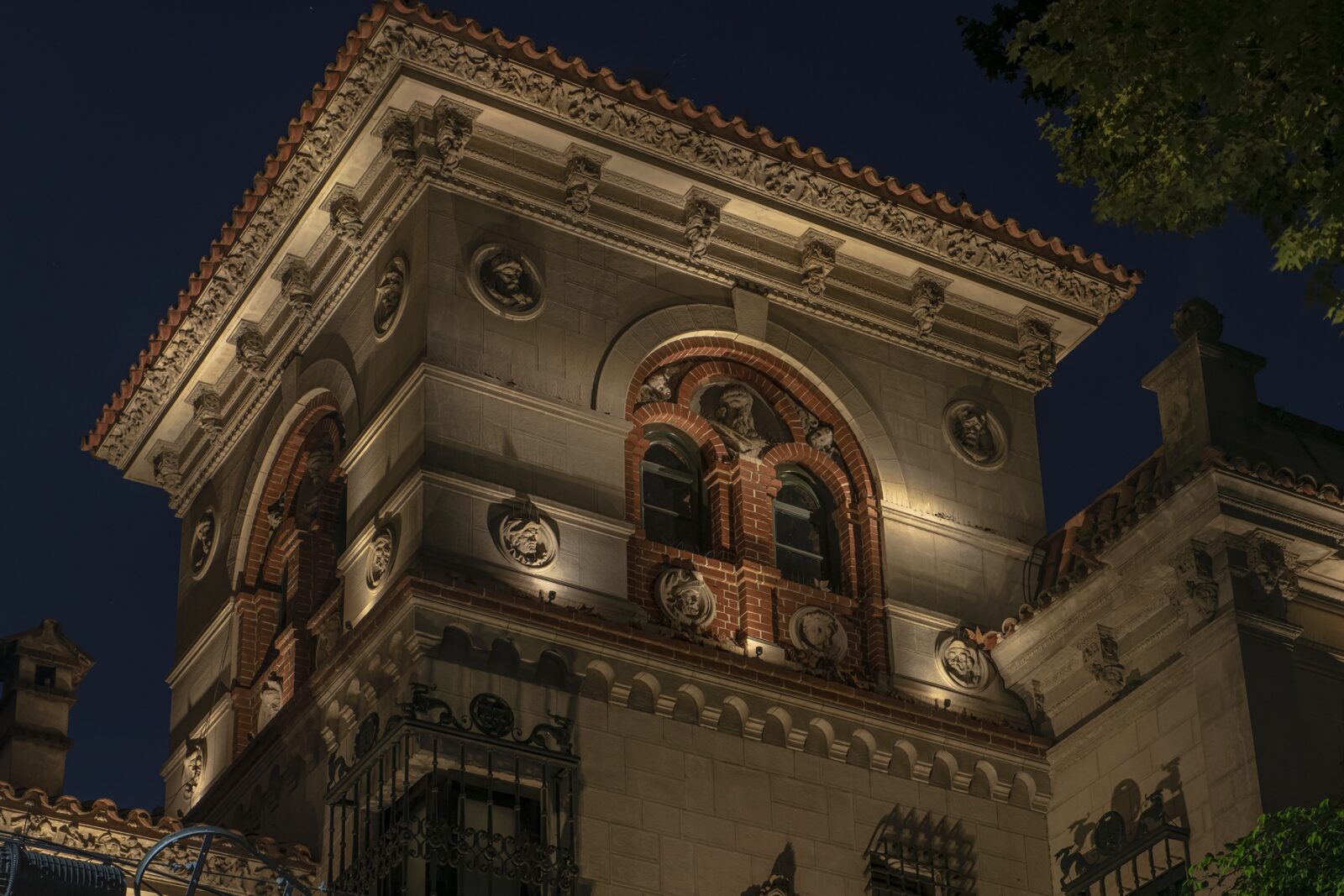
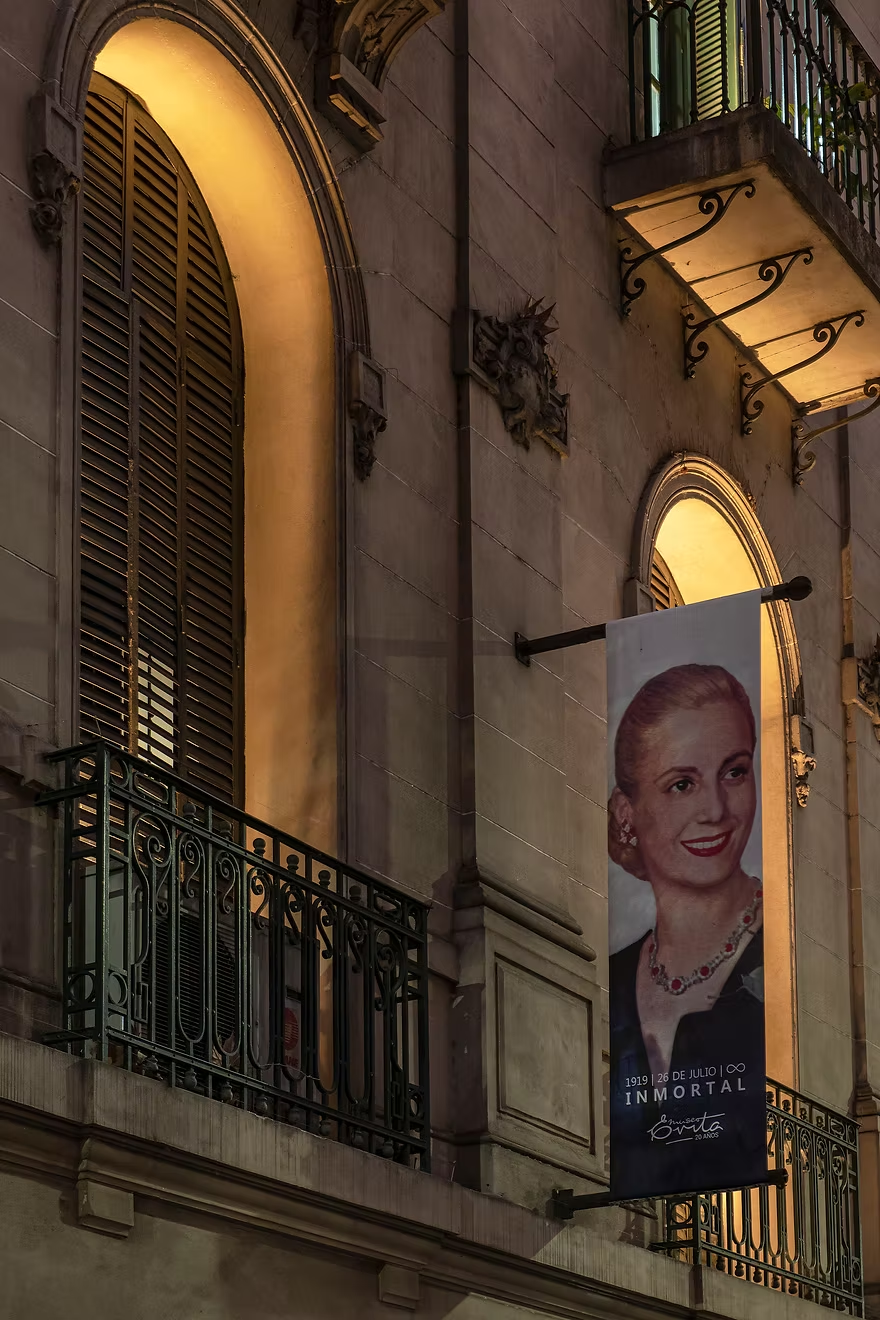
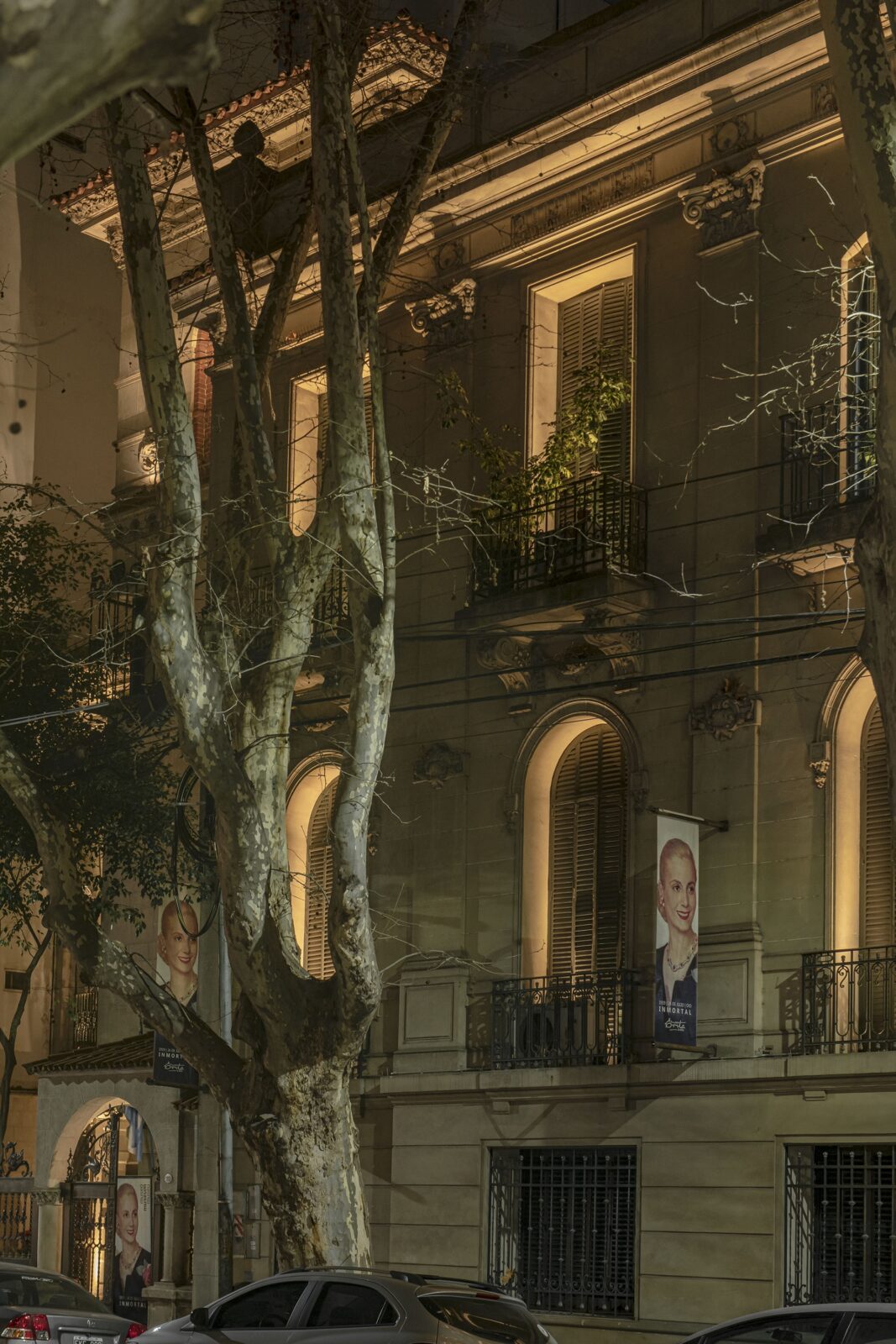
Navigating neighborhood and heritage rules
Executing this vision came with a unique set of challenges. First, the building has heritage protection, meaning no part of the original architecture could be harmed. The electrical installation, managed by Juan Pablo Cincotta, was specially designed with a “reversibility” approach. This ensures that the entire system can be removed in the future, leaving the historic structure completely untouched. Another major obstacle came from the existing public streetlights, which produced so much glare that they effectively hid the building’s details at night. After coordination with the Public Work Ministry team, including Daniel Jimenez and Cecilia Benjardino, the Town Hall agreed to dim five of the intrusive luminaires, clearing the visual field and allowing the new, subtle lighting to become visible.
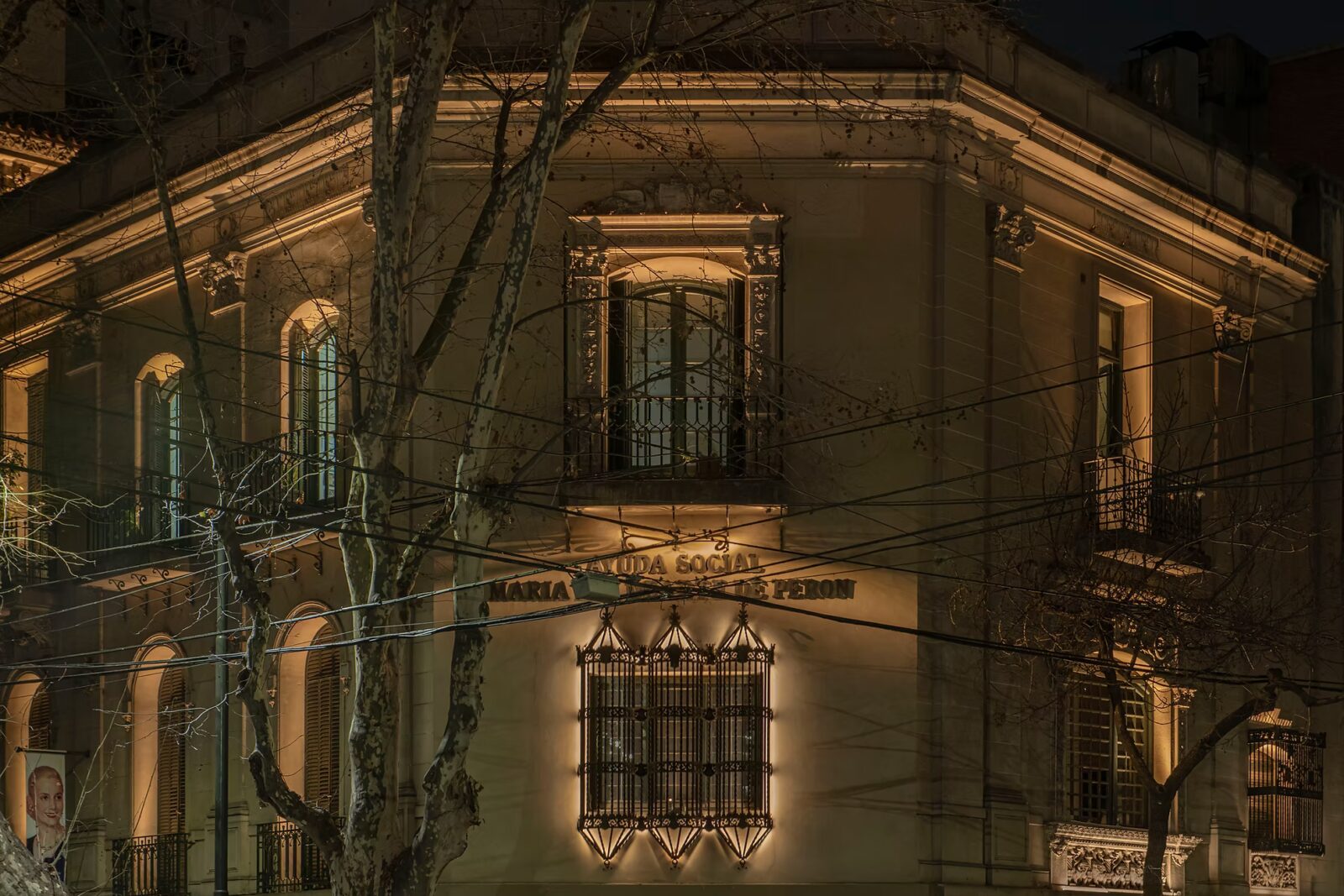
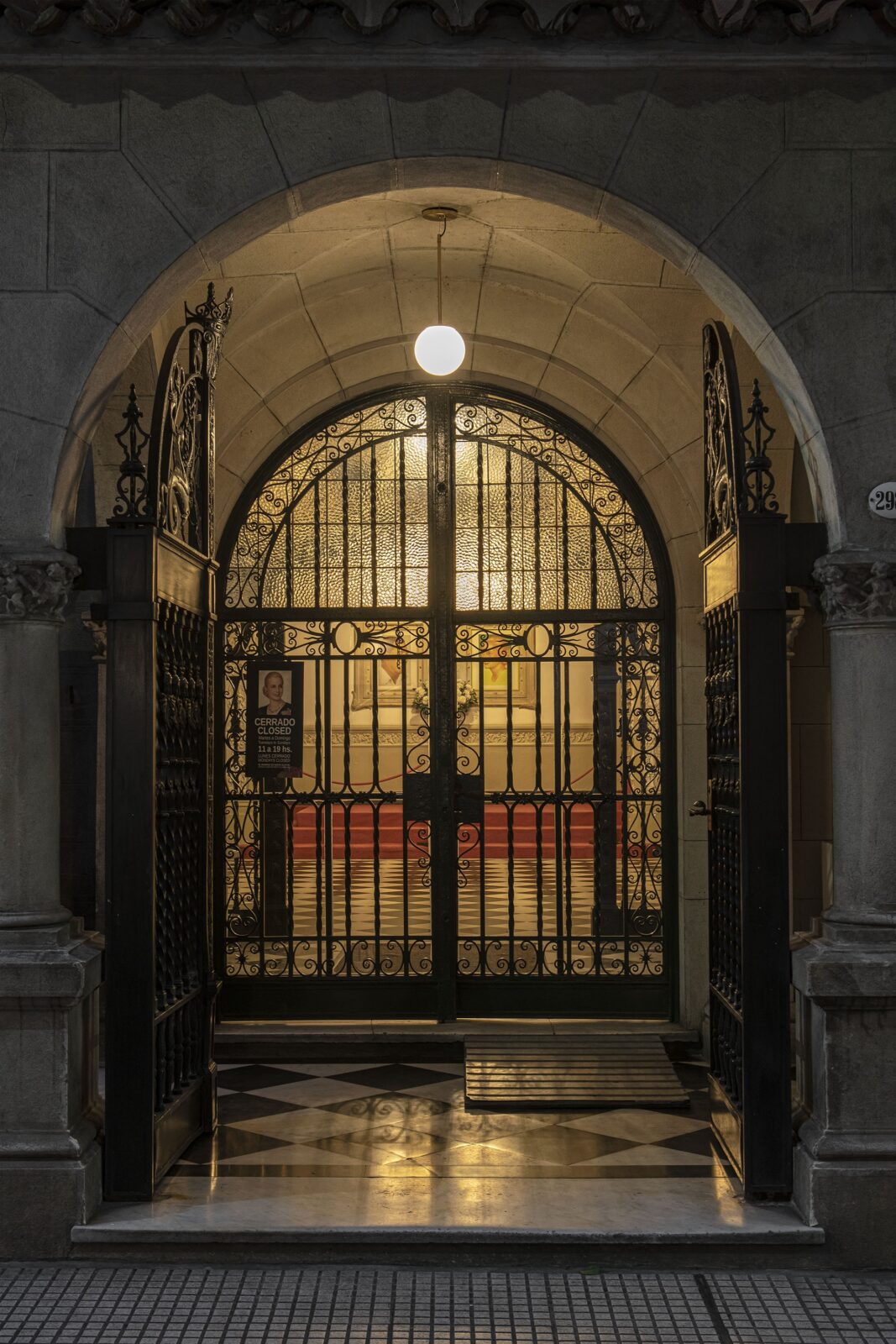
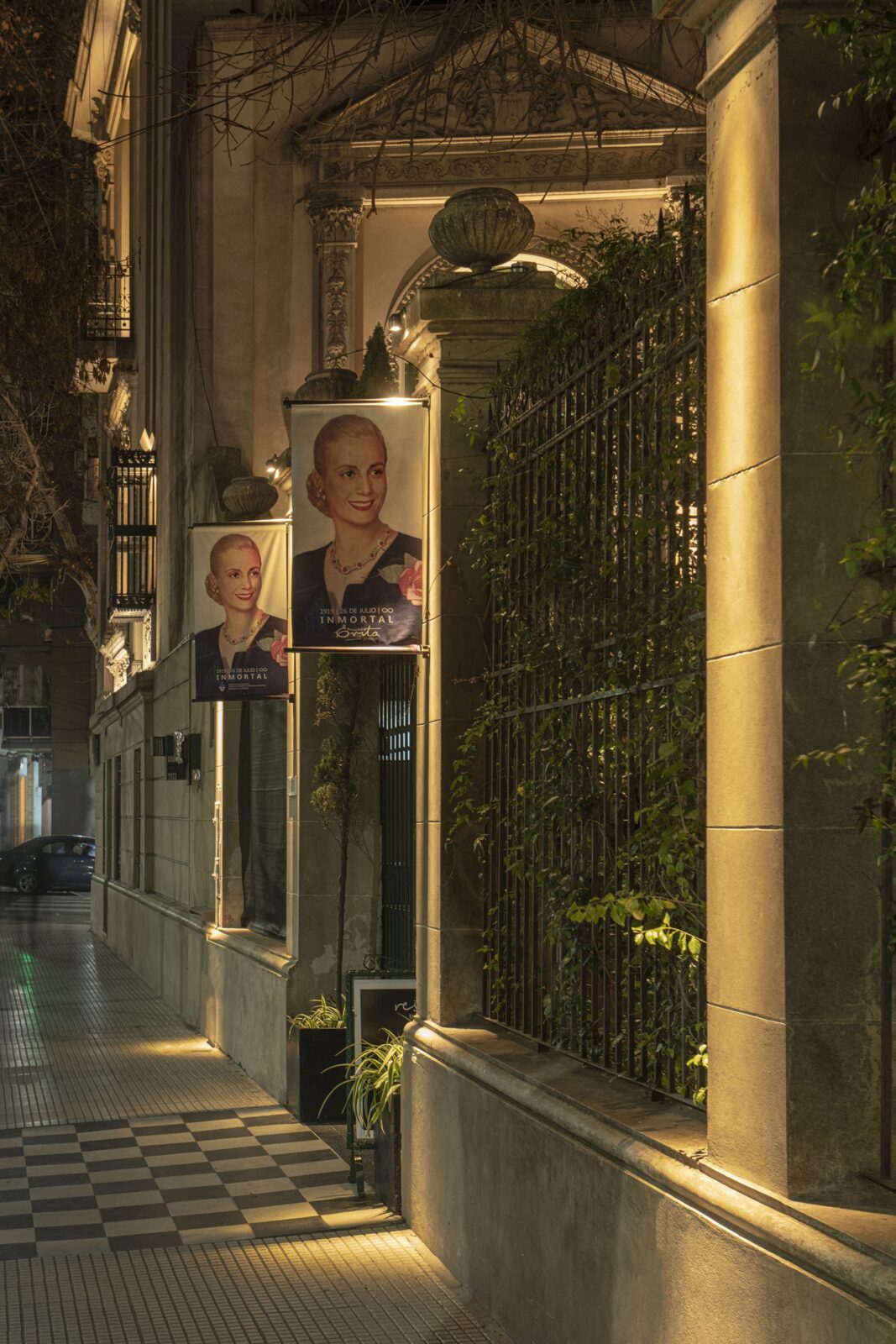
Low energy, high impact
Careful attention was paid to the technical specifics to make the design responsible and effective. The project uses luminaires with elliptic optics, which precisely shape the light to fall only on the building’s surfaces. This prevents light from escaping into the night sky and avoids creating glare for neighbors or people walking by. The color temperature of the light is a very warm 2700K, a choice made to create the intended atmosphere and to cause minimum interference with the human circadian rhythm. Remarkably, the total electrical consumption for the entire facade is under 250W, proving that a significant visual effect can be achieved with very little energy. The final result is a building that barely interrupts the darkness, yet communicates a deep and meaningful story through carefully placed points of warm light.

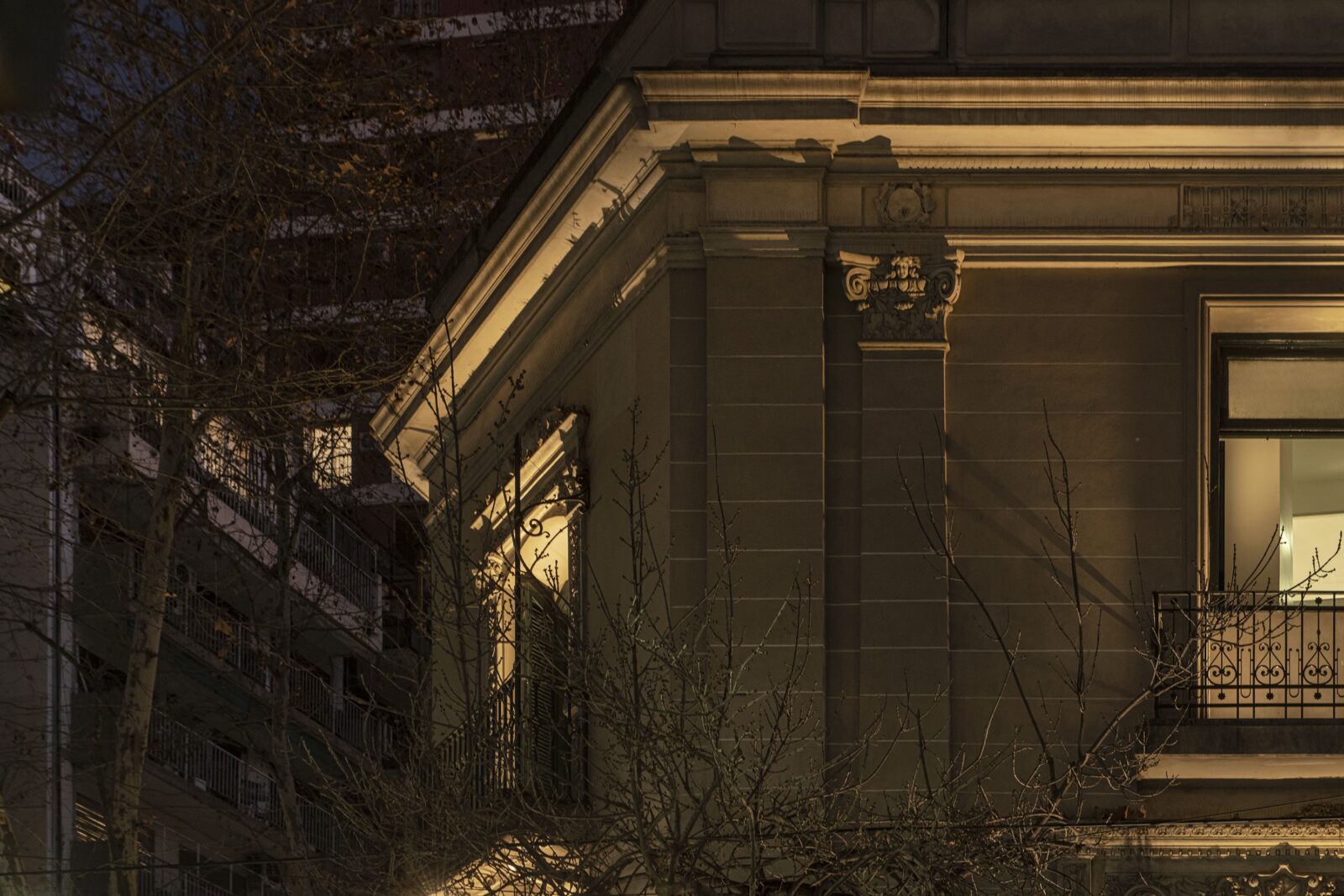
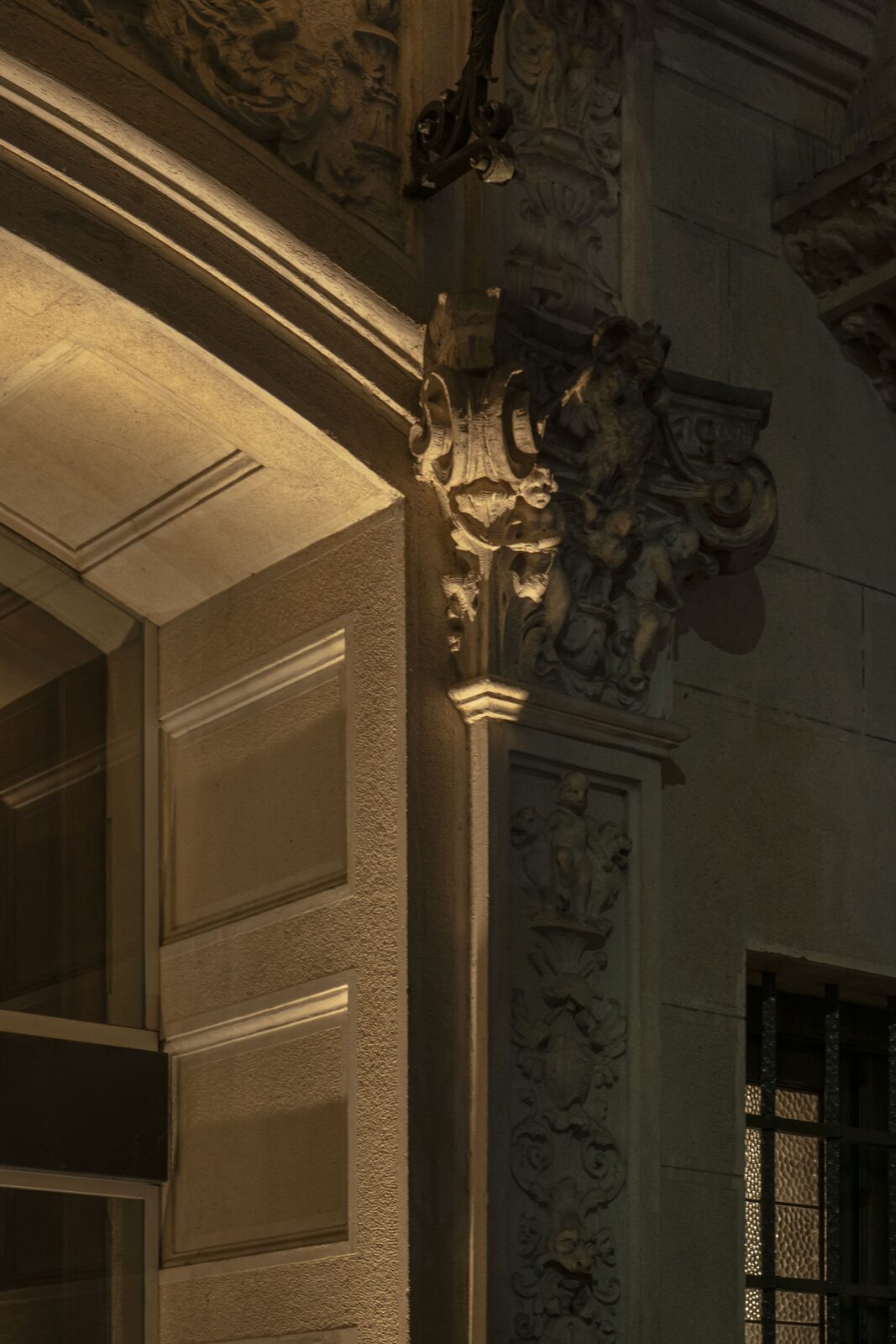
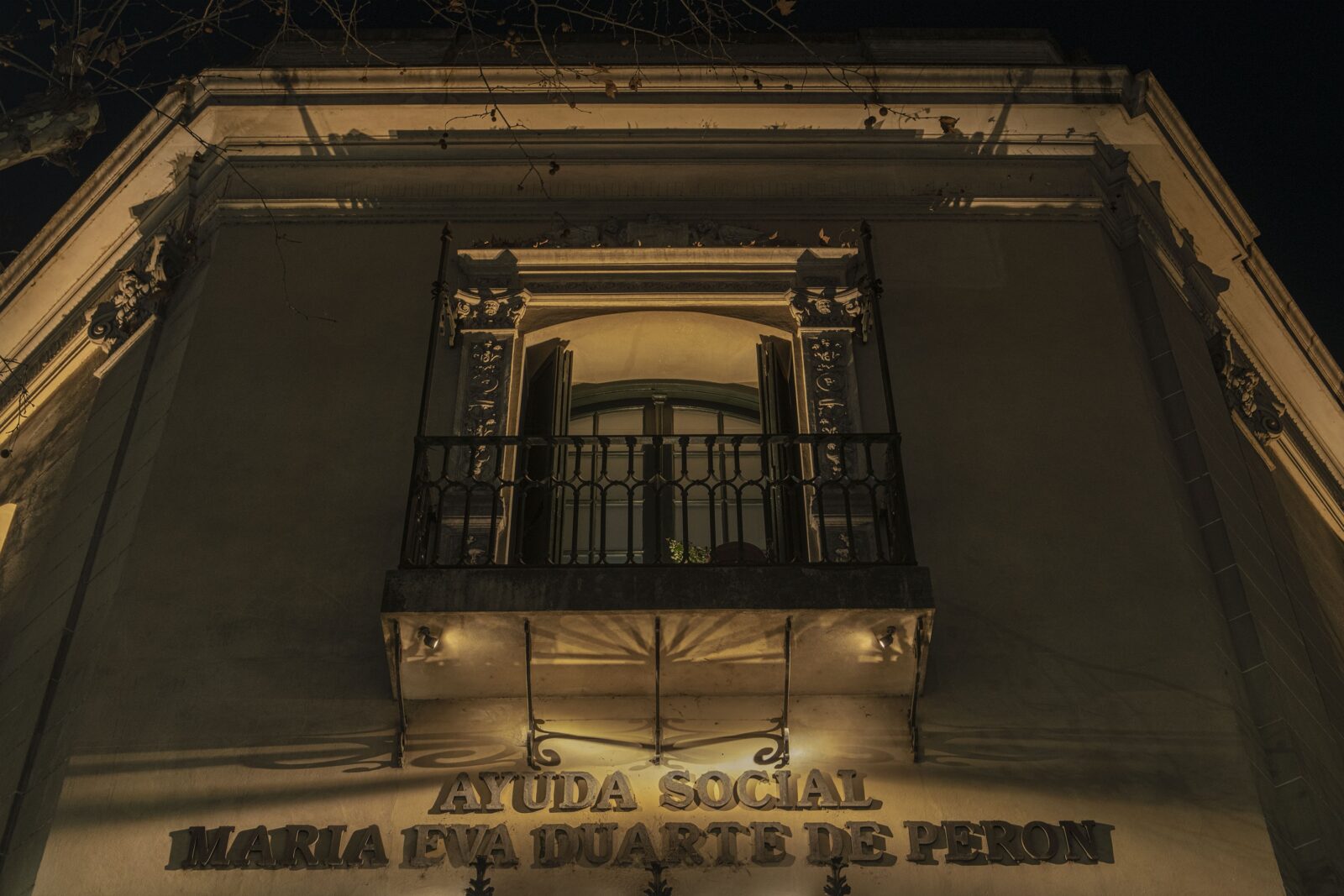
Project info
Lighting Design/Product Company: Estudio de iluminación Eugenia Basabe
Lead Designers Eugenia Basabe
Client: Museo Evita – Instituto Nacional De Investigaciones Históricas Eva Perón
Photo Credit: Maia Croizet
Other Credits
Electric Project: Juan Pablo Cincotta
Public Work Ministry team: Daniel Jimenez, Cecilia Benjardino
Completion Date: July 26, 2022
Project Location: Palermo, Buenos Aires, Argentina






